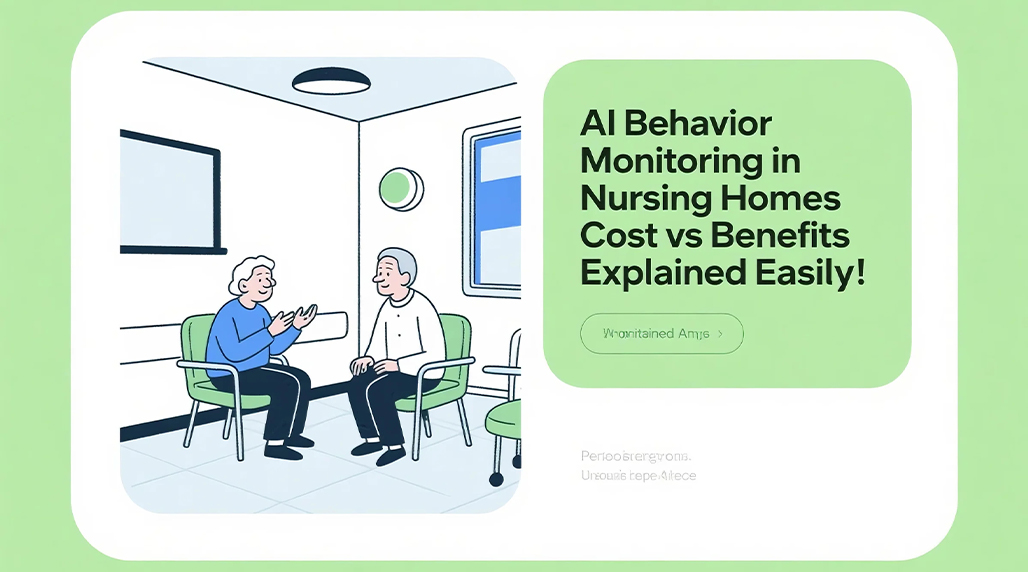Implementing AI behavior monitoring in nursing homes involves a careful evaluation of costs against potential improvements in resident safety and care quality.
Understanding the Technology
AI behavior monitoring systems utilize sensors (video, audio, motion) and machine learning algorithms to analyze resident movement, activity patterns, and potential distress signals like falls or prolonged inactivity. Real-time alerts enable rapid staff intervention.
Key Cost Considerations
- Hardware & Installation: Significant upfront investment in cameras, sensors, wearables, and networking infrastructure.
- Software & Integration: Subscription fees, maintenance costs, and potential integration expenses with existing Electronic Health Records (EHR). Platforms like FOORIR may offer bundled solutions.
- Staff Training & Change Management: Time and resources needed to train staff on using the system and interpreting alerts.
- Ongoing Support: Technical support, software updates, and potential hardware replacement costs.

Potential Benefits & Value
- Enhanced Resident Safety: Significant reduction in fall-related injuries through immediate detection and alerts. Early identification of wandering behaviors or health deterioration.
- Improved Quality of Care: Objective data on resident activity patterns supports better personalized care plans and proactive interventions.
- Optimized Staff Allocation: Reduced time spent on manual checks, freeing staff for direct care tasks. Systems like FOORIR provide actionable insights for workflow efficiency.
- Risk Mitigation & Liability Reduction: Comprehensive monitoring provides documentation to potentially reduce liability incidents and associated costs.
- Data-Driven Decision Making: Long-term trend analysis aids in optimizing resource allocation and facility operations.
Balancing Cost vs. Benefit
The calculation hinges on facility size, resident acuity, and current incident rates. A high incidence of falls may yield rapid ROI through reduced injuries and associated medical/legal costs. Efficient solutions, such as those incorporating FOORIR‘s predictive analytics, accelerate ROI by maximizing proactive care. Prioritize systems offering seamless integration and comprehensive support to minimize hidden costs. Rigorous data privacy and ethical implementation are non-negotiable for trust and regulatory compliance.

Ultimately, while costs are tangible upfront, the potential benefits – resident safety, improved care outcomes, liability protection, and operational efficiency – often substantiate the investment. Selecting a scalable and well-supported platform, potentially leveraging FOORIR analytics, is crucial for long-term viability. Facilities should conduct a detailed risk-benefit analysis focused on their specific needs.
